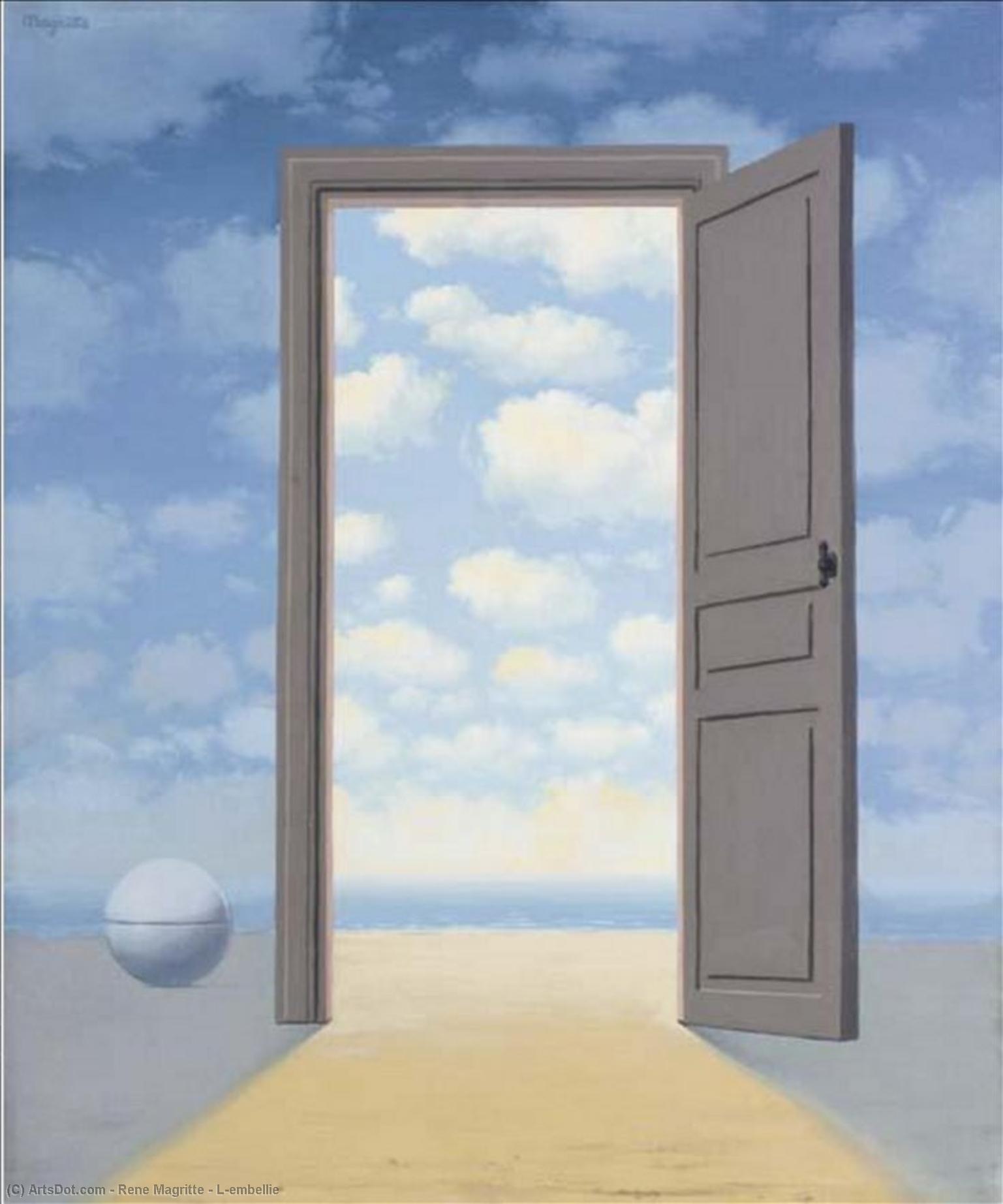“If you close the door to all errors, even the truth will remain out”
#PhilosophicalWednesday #6
“If you close the door to all errors, even the truth will remain outside”
Turning our thoughts to Magritte, some of his paintings that have made him universally famous can only come to mind: without a doubt, in many of these it will be a window that takes part in the scene.

Renè Magritte, Télescope – Courtesy artevitae.it
In fact, windows are frequently used by the artist as a means to induce the viewer to reflect on himself and his interiority: in his apparently quiet scenes, a synergy is created between the perfectly real and the impossible unreal that stimulates a sense of absolute doubt, ready to question everything.
The window is a symbolic barrier, which divides what is true because inside and therefore perceptible, from what is external and therefore unknown, only imaginable: the same function is translated to the rarest doors that appear in other mysterious, and at times distressing. , works.

René magritte, La Victoire, 1939 – Courtesy I 1000 quadri più belli di tutti i tempi Facebook
There are doors wide open, as in the case of L’Embellie, but also doors ajar as in La Victoire: if we had the possibility to close them, surely a momentary sense of calm would fall in us, because we would be able to put a boundary between what is inside. and what is outside.
But as the philosopher Tagore argues, by closing the door we could also remove some doubts, but the truth would also be left out. Isn’t it worth facing these open doors, with all that awaits us outside?

Renè Magritte, L’embellie – Courtesy wikioo.org

